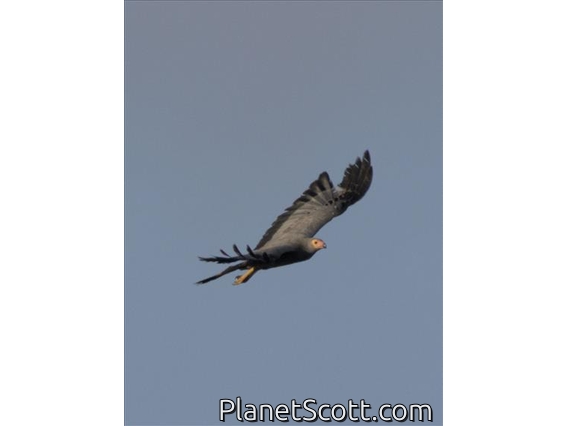African Harrier-Hawk (Polyboroides typus)

African Harrier-Hawk (Polyboroides typus)

African Harrier-Hawk (Polyboroides typus)


×



African Harrier-Hawk (Polyboroides typus)

African Harrier-Hawk (Polyboroides typus)
About African Harrier-Hawk (Polyboroides typus)
- Kingdom: Animals
- Phylum: Chordates
- Class: Birds
- Order: Hawks, Eagles, Kites, and Allies
- Family: Hawks, Eagles, and Kites
The African harrier-hawk, harrier hawk or gymnogene is a bird of prey. It is about 60–66 centimetres (24–26 in) in length. It breeds in most of Africa south of the Sahara. The only other member of the genus is the allopatric Madagascar harrier-hawk.
Source: Wikipedia
Visits
-
-
2011-01-07
Nechisar National Park, EthiopiaJuvenile, ID based on shape and white edges to feathers. -
2011-01-16
Awash National Park, Ethiopia -
2013-10-25
Lake Nakuru National Park, Kenya -
-
-
-
-






